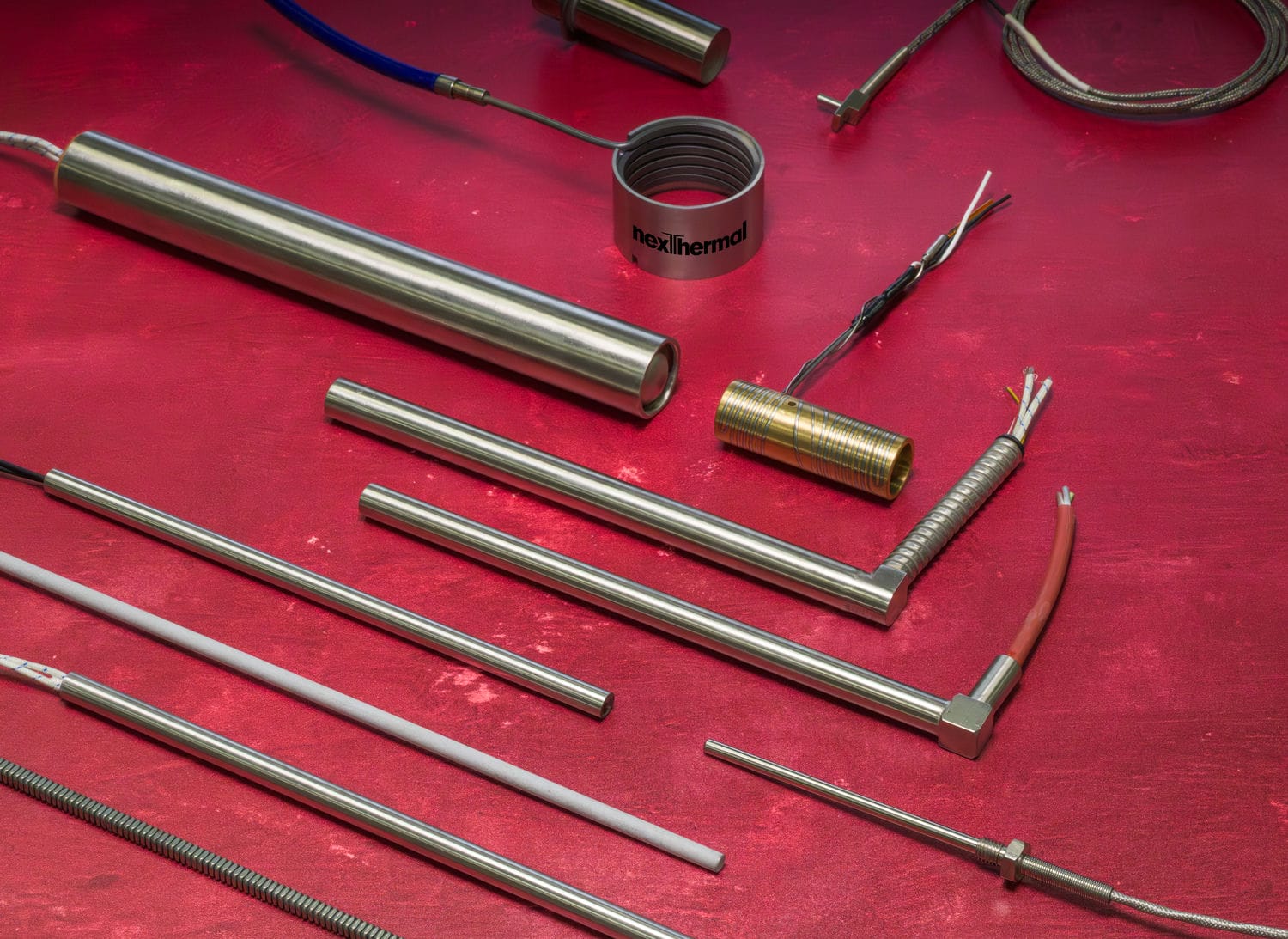Temperature sensors find wide applications in our everyday life. They are used in thermometers, domestic water heaters, microwaves and refrigerators and a variety of other purposes.
What is a Temperature Sensor?
A temperature sensor is a device that measures the temperature of an object. This can be the temperature of the air, the temperature of a liquid, or that of a solid. It detects and measures how hot or cool a medium is and converts the information into an electrical signal.
Temperature sensors measure readings through electrical signals. They determine the temperature of the surroundings and transform the input data into electronic data in order to record, monitor, or communicate changes in temperature.
How Does a Temperature Sensor Work?
The temperature sensor is made up of two metals that produce electrical voltage or resistance when they detect a temperature change. They measure temperature readings through electrical signals. The sensor is made up of two metals and when exposed to a change in temperature it creates electrical voltage or resistance.
The voltage between the diode terminals is the core of how a temperature sensor functions. When the voltage rises, the temperature rises as well, resulting in a voltage drop between the diode’s base and the emitter transistor terminals.
Temperature Sensors Types and Their Temperature Range
Temperature sensors use different technologies and principles to measure the temperature. Each temperature sensor type has its own temperature range. The types of temperature sensor are:
- Thermistors – They are small in size and consist of sensing elements. They have two wires which are connected to an electric circuit. Thermistors measure the temperature by measuring the change in resistance of the electric current. They are easy to use and are highly sensitive. They usually range from -40°C to 125°C. But they can go to 325°C.
- Resistance Temperature Detectors or PT100 RTD – RTDs work just like the Thermistors. They measure the resistance to measure the temperature. Unlike thermistors, RTDs have a much wider range and can measure extreme temperatures. These sensors are highly accurate between temperatures that range anywhere between -196°C to 850°C.
- Thermocouple – A thermocouple sensor uses two conductors which are made of different metals and are joined at the end to form a junction. They are very versatile but lack the accuracy of the RTDs. This makes them the least precise as compared to the other temperature sensors. The temperature normally ranges from -200 to 1750 degree celsius.
- Temperature probes – Temperature probes are a very common and diverse type of temperature sensor. They use a more accurate temperature sensor than a thermocouple or a typical radiation thermometer. The temperature ranges depend on the sensing elements.
Where are temperature sensors used?
Temperature sensors are used in diverse applications such as food processing, HVAC (Heating, Ventilation and Air Conditioning) environmental control, medical devices, chemical handling and automotives (coolant, air intake, cylinder head temperatures, etc.). Temperature sensors are used in many electrical gadgets in residential settings. Refrigerators, freezers, stoves, ovens and heaters all use temperature sensors (heat sensors or cooling sensors) to maintain and regulate the required levels of temperature.
How Accurate are Temperature Sensors?
Temperature sensor accuracy is critical to ensure that temperature sensors give effective measurements. An RTD is more linear than a thermocouple or thermistor and is the most accurate and reliable temperature sensor. RTDs typically have an accuracy of 0.1°C, compared to 1°C for most. Some thermocouple versions are capable of matching the precision provided by RTD sensors.
The many factors that can affect sensor accuracy include linearity, repeatability and stability. Temperature sensors that use RTDs are the slowest and the most expensive. Modern thermistors with 0.1 °C accuracies are now widely available and at very reasonable costs.
How to Increase the Accuracy of a Temperature Sensor?
Improving accuracy and reducing measurement drift are often related and can have measurable results. One can increase the accuracy of a temperature sensor by:
- Selecting the best sensor for the application.
- Reducing errors caused by an external environment.
- Reducing errors caused by lead wires.
- Reducing measurement errors.
Temperature Sensors Range in Accuracy and Responsiveness
Applications such as the equipment used to create life-saving medications, need temperature sensors to be responsive and accurate for critical quality control while applications like the thermometer in our cars, do not require highly accurate or responsive sensors.
The four most common types of temperature sensors, ranging in accuracy and responsiveness from high to low are:
- Negative Temperature Coefficient (NTC) Thermistors
- Resistance Temperature Detectors (RTDs)
- Thermocouples
- Semiconductor-Based Sensors.
It is unavoidable to completely eradicate error. Calibration is essential for precise measurements, and if feasible, the instrument and sensor(s) should be calibrated as a system. The use of well-specified and well calibrated sensors allows for high accuracy temperature measurement.











